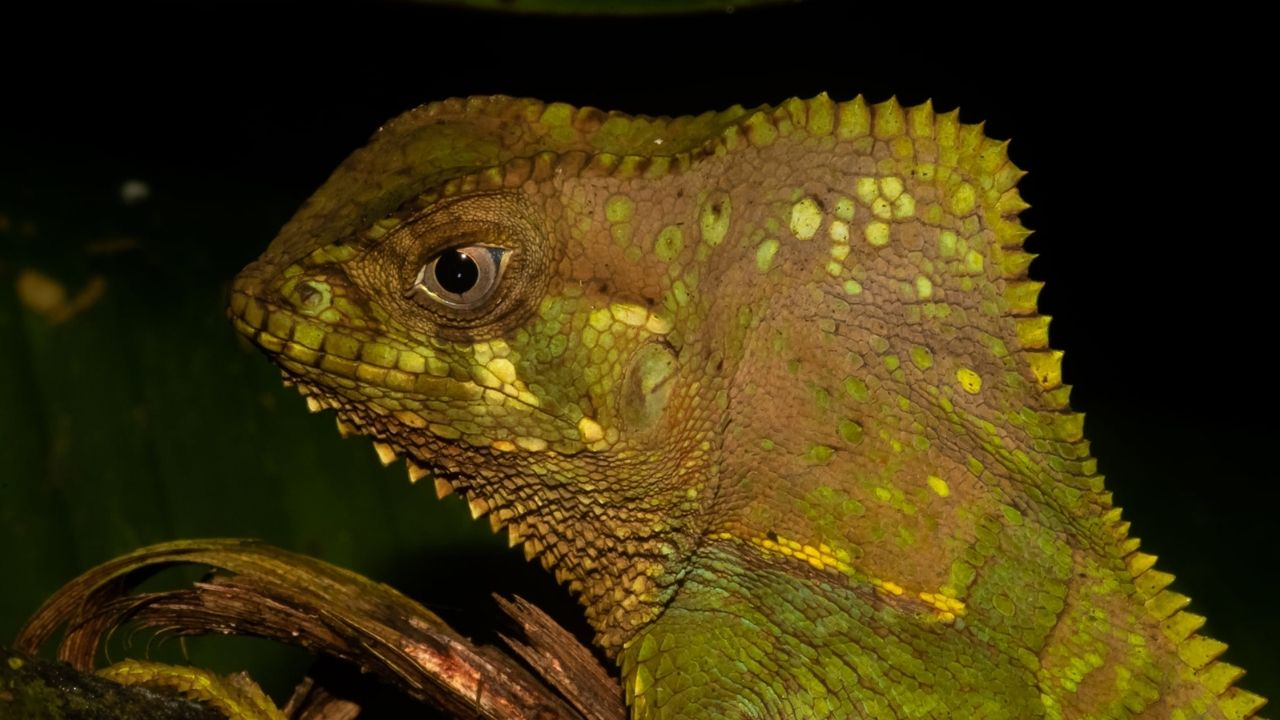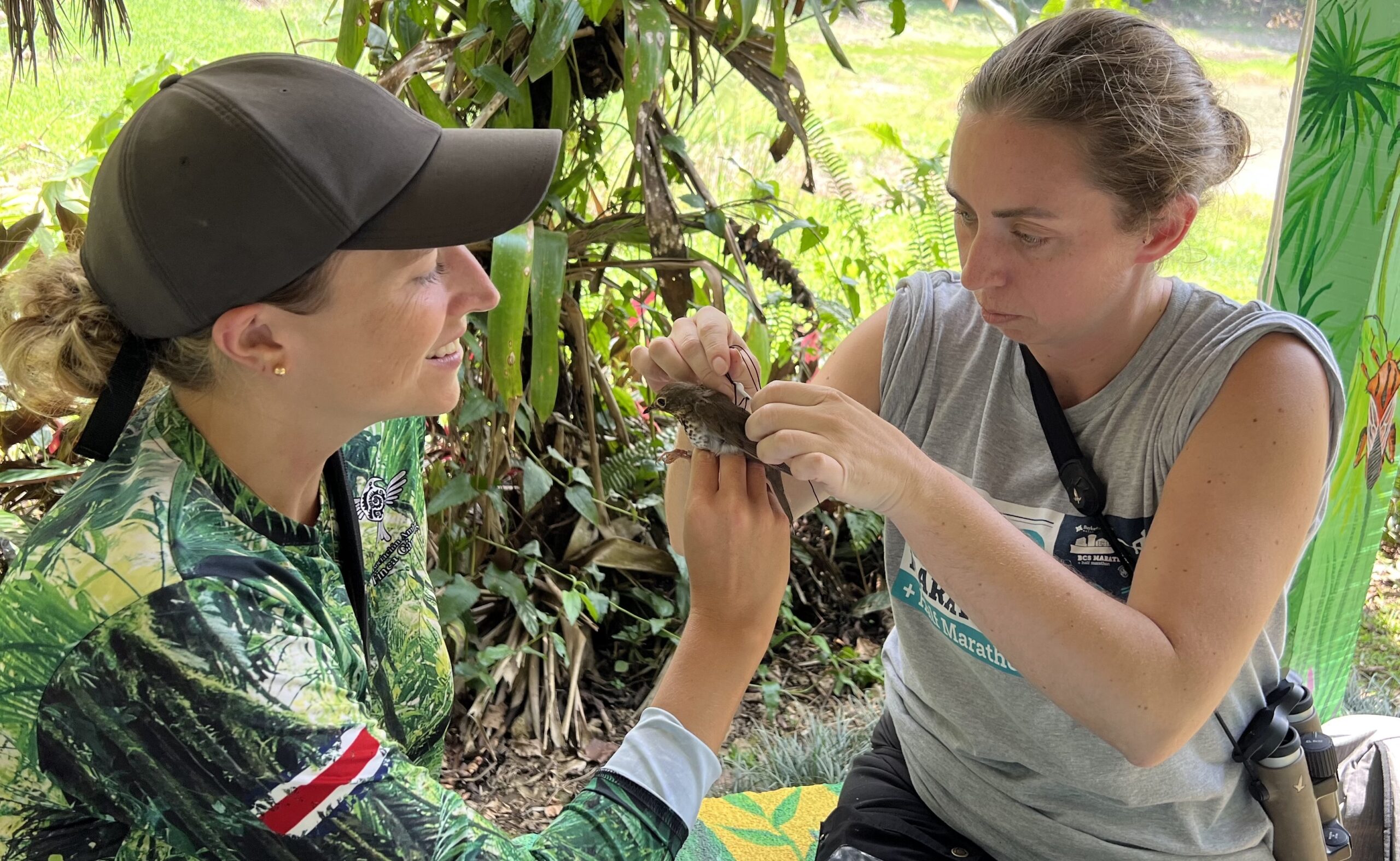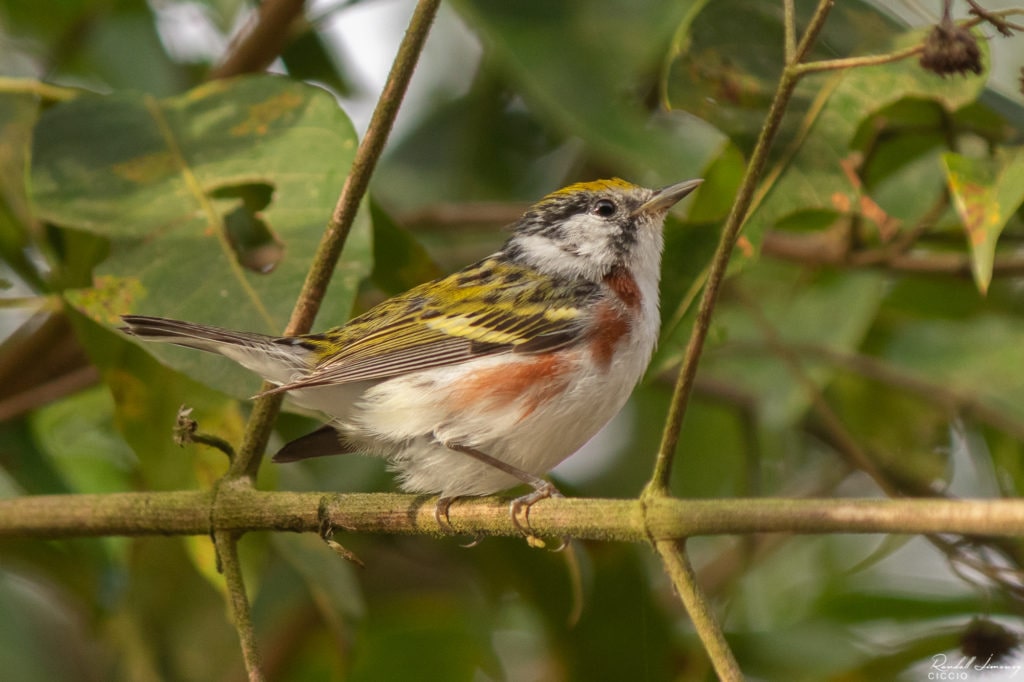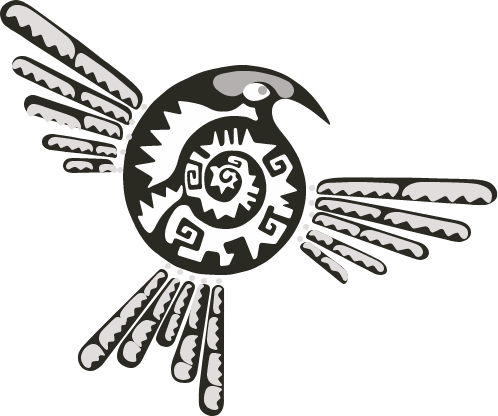Ever heard of a Helmet-headed Lizard? Me neither, until it was registered as a new species at Finca Cántaros!
Our wildlife manager/“in-house biologist” David Rodríguez went out a’wandering one night, and stumbled upon a new species at Finca Cántaros: the Helmet-headed Lizard (Corytophanes cristatus).
Pretty cool, right?
The species is distributed from Veracruz, Mexico to northern Colombia. Its scientific name comes from the Greek work korthyos, meaning helmet, and cristatus, a Latin word for crested. In Spanish it is commonly known as Perro Zompopo, and in Costa Rica some call it the “Tico Chameleon” due to its ability to change colour.
Even if the Helmet-headed Lizard is not an endangered species, and David just found one individual, it is still heartening news in the face of a constant barrage of research documenting biodiversity declining worldwide due to habitat loss.
The Helmet-headed Lizard is a reptile, defined as “any member of the class Reptilia, the group of air-breathing vertebrates that have internal fertilization, amniotic development, and epidermal scales covering part or all of their body” (Britannica, 2019). Other reptiles you might be familiar with include snakes, turtles and crocodiles. Costa Rica is home to 245 of reptiles (Leenders, 2019), and Cántaros has recorded 18 species.
Well, 19 now, thanks to the exciting discovery of the Helmet-headed Lizard.
It’s fun to share this news (and an amazing photo) of a cool reptile found at Cántaros. But the experience also highlights larger conservation themes.
Let’s flash back over 25 years ago, when Gail Hull bought the cattle pasture that she wanted to reforest, and named it Finca Cántaros. She wouldn’t have found the Helmet-headed Lizard on her newly purchased property, as it’s a species that needs forest habitat. In fact, Leenders (2019) describes it as “an infrequently observed, secretive rainforest lizard” (p. 135).
As the forest started to materialize due to Gail’s tree-growing efforts (remember, it’s tree-growing and not tree-planting), she would register more and more species of animals and plants that weren’t present before. Her lists grew longer as her trees grew taller. I have also explored the property extensively. But in all of our collective explorations of the property, we never found this lizard.
Perhaps that’s because of the fact that as noted above, the Helmet-headed Lizard can change colour to adapt to its surroundings like a chameleon. Or perhaps David (a biologist and long-time naturalist guide in Costa Rica, who loves this country’s wildlife with a passion) has both better-trained eyes along with more patience.
Nonetheless, I see the forest of Finca Cántaros as a microcosm mirroring the larger landscape of the conservation field. First, this discovery of the lizard reminded me of global statistics about the estimated number of species that could potentially still be undiscovered and/or unidentified by scientists in ecosystems around the world. And of how many of them may never be discovered because habitat loss could render them extinct before ever being catalogued.
Second, because whether this lizard has been here all along or just appeared recently, something we’ll never know, it has taken years of concerted habitat creation and protection—the cornerstone of conservation—to catalogue it.
Countless species are present at Cántaros today because of habitat creation and protection, including the Helmet-headed Lizard. With the Children’s Forest of Coto Brus, we are excited to see what other species might appear over the coming years.
But you don’t have to create a forest to contribute meaningfully to biodiversity protection. Planting bird, bat and other pollinator-attracting flowers, bushes or trees in your backyard, for example, is a powerful action.
References:
Britannica. (2020, November 22). Reptilia.
Leenders, T. (2019). Reptiles of Costa Rica: A Field Guide. Comstock Publishing Associates.








